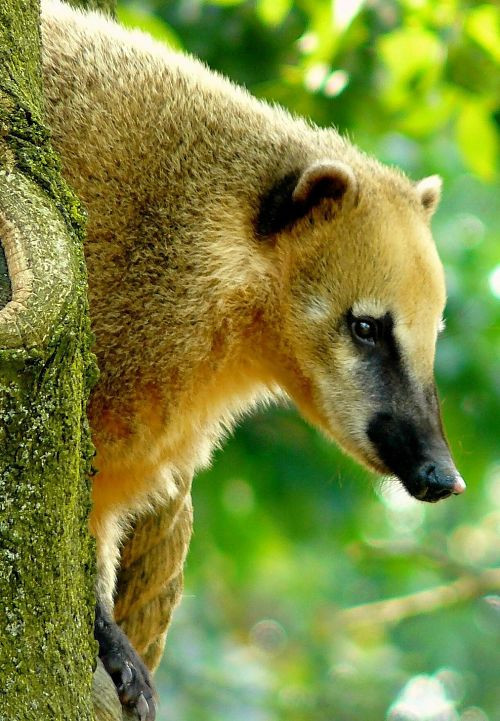 Coati portrait
Coati portrait
The term “Mexican Raccoon” often brings to mind the familiar masked mammal, but in reality, it refers to a fascinating and equally charming creature known as the coati, or coatimundi. Often nicknamed “snookum bears” and a variety of other endearing names, these animals, scientifically classified as coatis, are captivating residents of Mexico and beyond.
What Exactly is a Mexican Raccoon?
While frequently called a Mexican raccoon, the animal is officially a coati. There are four distinct species of coati roaming the Americas. These include the South American coati, inhabiting Central and South America, the eastern mountain coati found in Venezuela, and the western mountain coati residing in Ecuador and Colombia. However, the species most commonly dubbed “Mexican raccoon” is the white-nosed coati. This particular species boasts a range stretching across Central America, Mexico, and even into the southwestern United States.
These “Mexican raccoons” are remarkably intelligent animals, comparable in size to a large domestic cat. They exhibit a striking mask-like pattern on their faces and distinctive rings encircling their tails. Coatis are members of the Procyonidae family, placing them in the company of raccoons, kinkajous, and ring-tailed cats, highlighting their close kinship with these familiar animals.
Social Life and Habits of the Coati
Mexican raccoons, or coatis, are known for their highly social nature, living in vibrant groups that can swell to as many as forty individuals. These groups are a flurry of activity, spending much of their day foraging on the ground for food. Despite their terrestrial foraging habits, coatis are adept climbers, typically seeking refuge and slumbering in the trees.
Within their social circles, Mexican raccoons display playful and affectionate behaviors towards one another. They maintain constant communication through an array of vocalizations, including whistles, squeals, chatters, and snorts, creating a lively and noisy atmosphere wherever they roam.
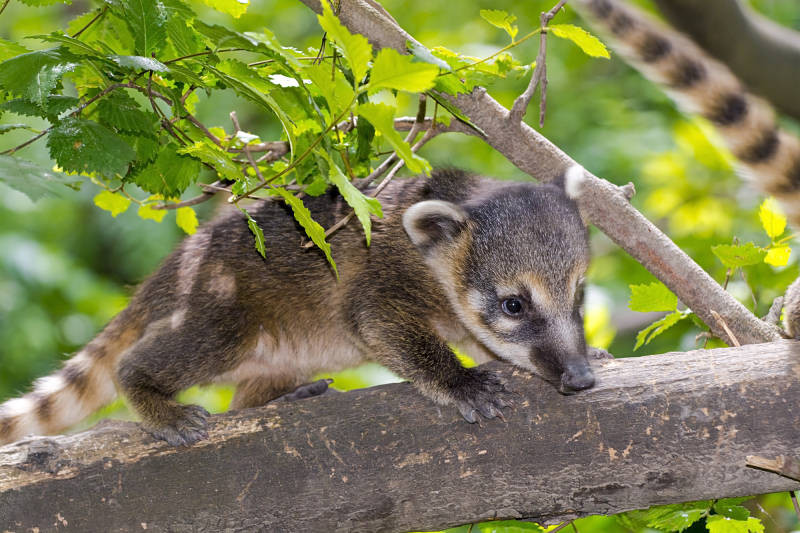 Mexican raccoon or Snookum bear baby
Mexican raccoon or Snookum bear baby
One of the most distinguishing features of the Mexican raccoon is its extraordinarily long and flexible nose. The very tip of their snout possesses an incredible range of motion, capable of bending almost 90 degrees from side to side. This flexible snout, combined with their powerful, elongated front claws and pig-like nose, becomes an invaluable tool for unearthing insects, reptiles, and a wide variety of edible items hidden beneath the ground.
Size, Diet, and Unique Traits
The Mexican raccoon, or white-nosed coati, typically stands around 12 inches tall at the shoulder and weighs anywhere from 5 to 20 pounds, showcasing a considerable size range within the species. In comparison, the South American coati is slightly smaller and can sometimes exhibit a reddish hue. Interestingly, they may lack the characteristic tail rings seen in their white-nosed cousins. The two mountain coati species are even smaller, more akin to the size of a squirrel, weighing between 3 and 10 pounds, yet they retain the well-defined facial masks and ringed tails.
Across all species, coatis are opportunistic foragers with a remarkably broad diet. They are essentially omnivores, consuming everything from fruits and vegetables to fish and even small birds. Insects form a significant part of their diet, as they primarily hunt on the ground, using their sensitive noses to root out slugs, beetles, worms, and crickets. Remarkably, their menu also includes invertebrates like tarantulas and scorpions, and coatis appear to possess immunity to the venomous stings and bites of these creatures.
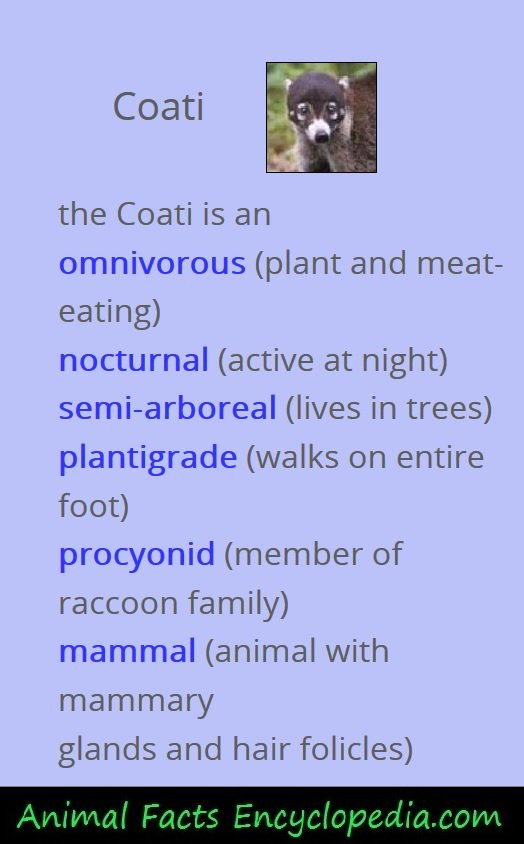 Mexican raccoon facts
Mexican raccoon facts
While the Mexican raccoon’s intelligence and playful demeanor might make them seem like ideal pets, it’s essential to consider their natural instincts. They are indeed intelligent and curious, and can be trained to use a litter box. However, their powerful urge to dig, a behavior essential for finding food in their natural habitat, can lead to significant damage within a typical home, including uprooting floor tiles and carpets.
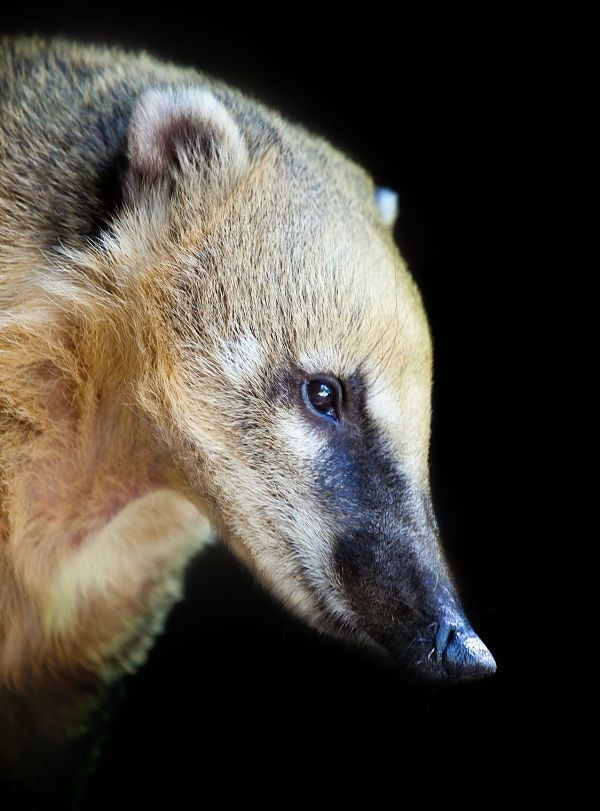 Mexican raccoon story
Mexican raccoon story
In conclusion, the “Mexican raccoon” is a captivating creature, more accurately known as the coati or coatimundi. These social and intelligent animals play a vital role in their ecosystems, showcasing unique adaptations and behaviors. While the name “Mexican raccoon” might be a common misnomer, understanding their true identity as coatis unveils a fascinating aspect of Mexico’s diverse wildlife.
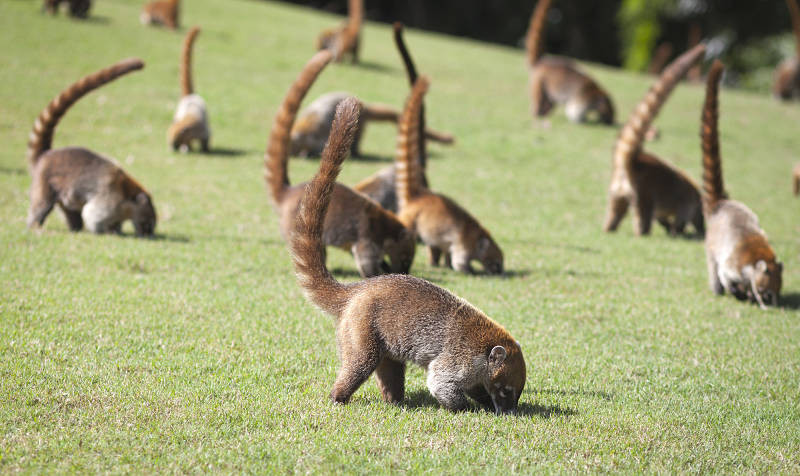 coatimundi troop feeding
coatimundi troop feeding

